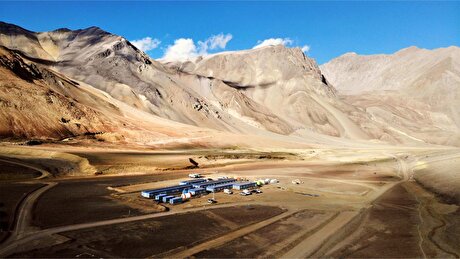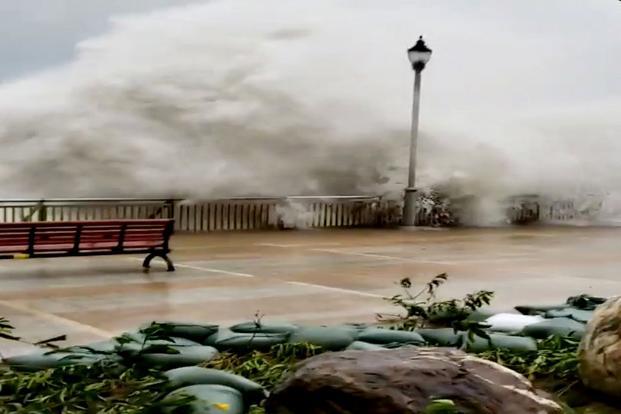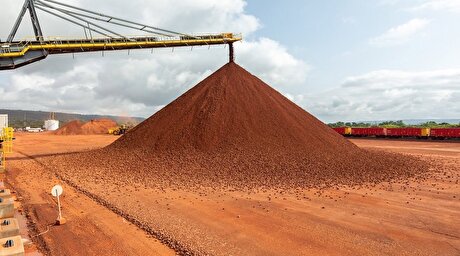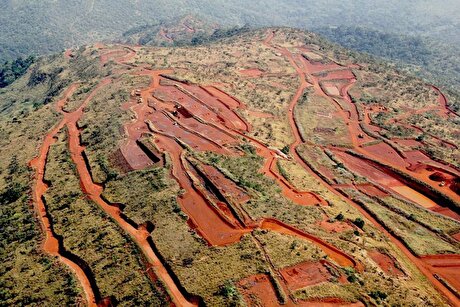
Small-scale miners trapped by landslide in the Philippines

Palangdan told the Associated Press that three villagers who nearly got buried told authorities they saw residents rush into an old three-story building, a former mining bunkhouse that was turned into a chapel when the typhoon was at its strongest, Saturday afternoon.
Mangkhut lashed the northern Philippines with winds of 205 kilometres per hour, gusts of 255 kilometers per hour and heavy rain.
Overall, AP reports that at least 64 people have died in this gold-mining region, mostly from landslides and collapsed houses. The national police also said that 45 other people were missing and 33 were injured in the storm.
Meanwhile, in China, more than 2.4 million people had been evacuated in the southern Guangdong province to flee the massive typhoon and nearly 50,000 fishing boats were called back to port, state media reported. After packing wind speeds of 162 kilometres per hour, the storm also caused a landfall in the city of Taishan.
The Hong Kong Observatory, on the other hand, issued its strongest storm warning for 10 hours on Sunday. Hong Kong's RTHK broadcaster cited experts saying Mangkhut was expected to be the strongest typhoon to hit the city in decades.


Gold price edges up as market awaits Fed minutes, Powell speech

Glencore trader who led ill-fated battery recycling push to exit

Emirates Global Aluminium unit to exit Guinea after mine seized

Iron ore price dips on China blast furnace cuts, US trade restrictions

Roshel, Swebor partner to produce ballistic-grade steel in Canada

US hikes steel, aluminum tariffs on imported wind turbines, cranes, railcars

EverMetal launches US-based critical metals recycling platform

Afghanistan says China seeks its participation in Belt and Road Initiative

Trump weighs using $2 billion in CHIPS Act funding for critical minerals

First Quantum drops plan to sell stakes in Zambia copper mines

Ivanhoe advances Kamoa dewatering plan, plans forecasts

Texas factory gives Chinese copper firm an edge in tariff war

Pan American locks in $2.1B takeover of MAG Silver

Iron ore prices hit one-week high after fatal incident halts Rio Tinto’s Simandou project

US adds copper, potash, silicon in critical minerals list shake-up

Barrick’s Reko Diq in line for $410M ADB backing

Gold price gains 1% as Powell gives dovish signal

Electra converts debt, launches $30M raise to jumpstart stalled cobalt refinery

Gold boom drives rising costs for Aussie producers

First Quantum drops plan to sell stakes in Zambia copper mines

Ivanhoe advances Kamoa dewatering plan, plans forecasts

Texas factory gives Chinese copper firm an edge in tariff war

Pan American locks in $2.1B takeover of MAG Silver

Iron ore prices hit one-week high after fatal incident halts Rio Tinto’s Simandou project

US adds copper, potash, silicon in critical minerals list shake-up

Barrick’s Reko Diq in line for $410M ADB backing

Gold price gains 1% as Powell gives dovish signal

Electra converts debt, launches $30M raise to jumpstart stalled cobalt refinery

















